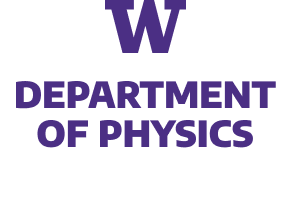Quantum computers have the potential to explore the vast Hilbert space of entangled states that play an important role in the behavior of strongly interacting matter. This opportunity motivates reconsidering the Hamiltonian formulation of gauge theories, with a suitable truncation scheme to render the Hilbert space finite-dimensional. Conventional formulations lead to a Hilbert space largely spanned by unphysical states; given the current inability to perform large scale quantum computations, we examine here how one might restrict wave function evolution entirely or mostly to the physical subspace. We consider such constructions for the simplest of these theories containing dynamical gauge bosons—U(1) lattice gauge theory without matter in d=2,3 spatial dimensions—and find that electric-magnetic duality naturally plays an important role. We conclude that this approach is likely to significantly reduce computational overhead in d=2 by a reduction of variables and by allowing one to regulate magnetic fluctuations instead of electric. The former advantage does not exist in d=3, but the latter might be important for asymptotically-free gauge theories.


